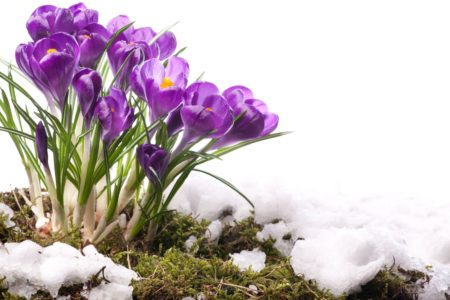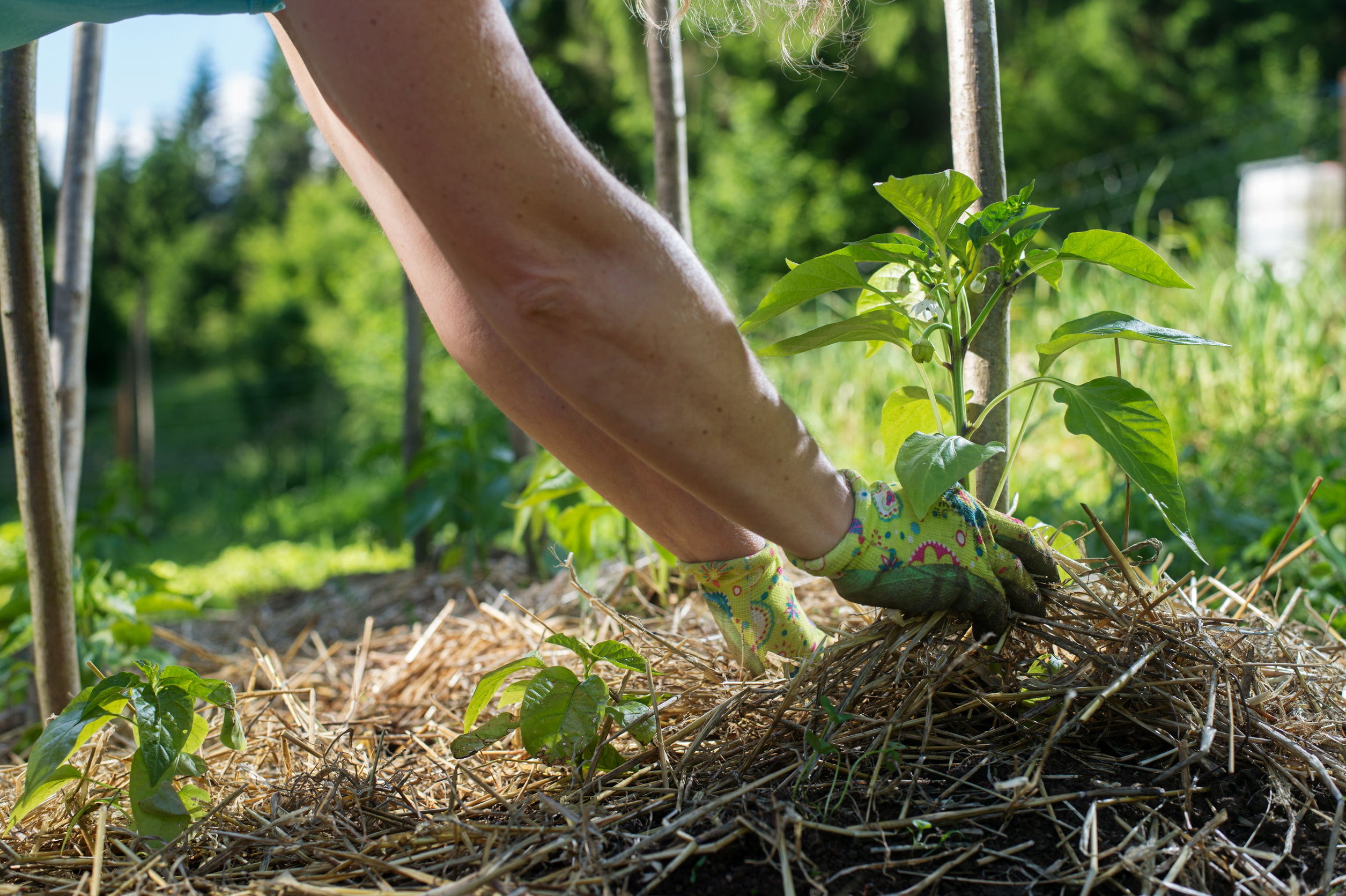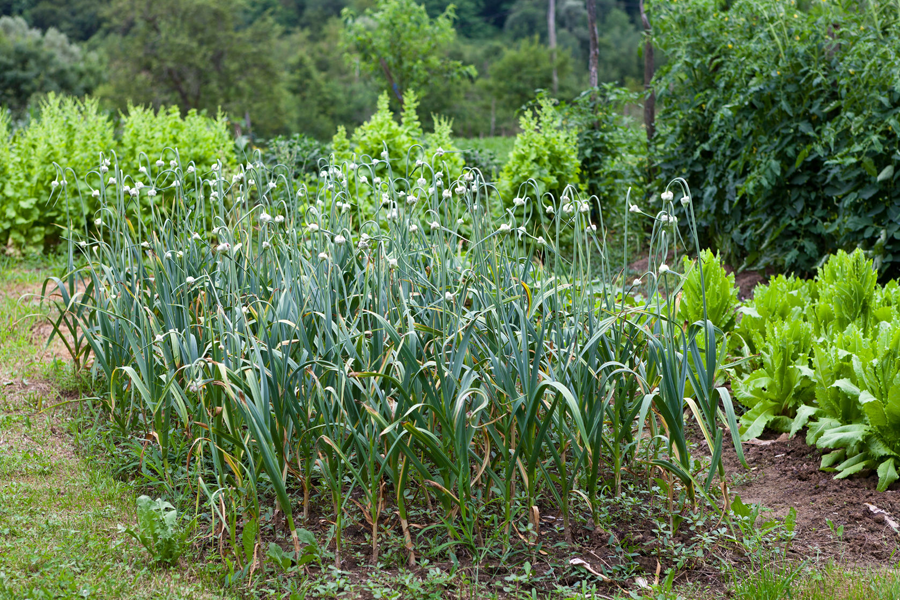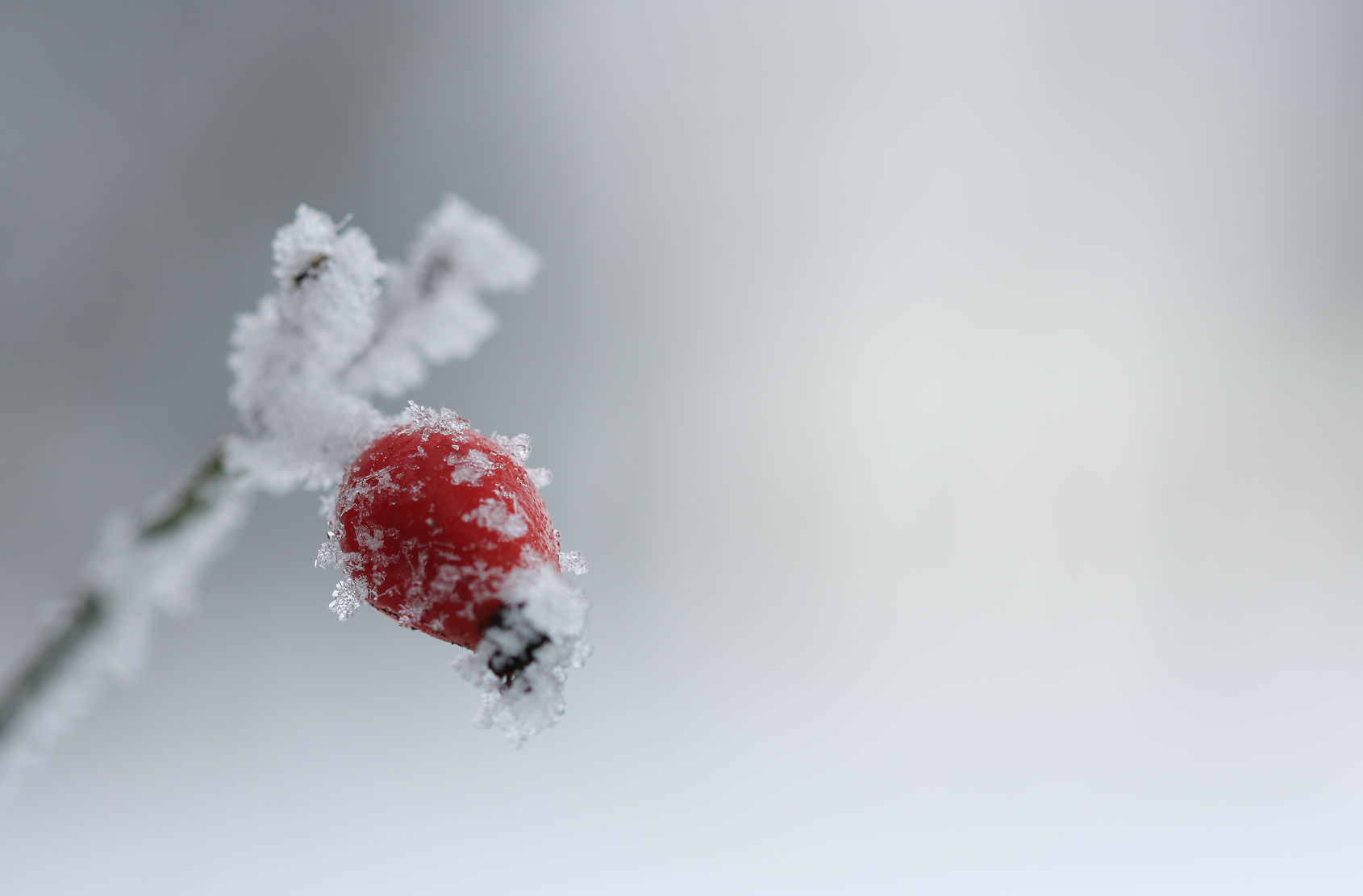
Gardening in Ohio in March
Expect the unexpected in March. Our gardens can be under a blanket of snow one day and showing signs of spring the next. Followed by more snow, of course.
March days ca be warm enough s that some plants start to sprout. Keep snow on beds or top up mulch to protect plants from freezing night temperatures.
Stay of the green lawn bits as much as possible to prevent damaging grass or compacting soil.
Plants to prune in spring
- Butterfly Bush (Buddleia davidii)
- Hardy Kiwi (Actinidia arguta)
- Hydrangea (Hydrangea)
- Japanese Spirea (Spirea japonica)
- Potentilla (Potentilla)
- Red-twig Dogwood (Cornus alba)
- Yellow or Purple-leafed Elders (Sambucus)
Seeds to Start Under Grow Lights
- Alliums – Leeks, onions
- Cabbage Family – Broccoli, Brussels sprouts, cabbage, cauliflower, collards, kale
- Celery
- Herbs: basil, chives, echinacea, marjoram, oregano, parsley, sweet alyssum
- Lettuce
- Nightshade vegetables: eggplant, pepper, tomato
- Swiss chard
Mid March on is prime planting season for trees, shrubs, vines and perennials. They often establish most quickly when they are planted just as they are about to break dormancy. They are full of growth hormones, and the recover quickly from transplant shock.
Most perennials can be divided and moved up until the time they begin to show new growth.
If the weather promises an earlier than average spring you can harden off plants that you started indoors toward the end of the month. Gradually expose them to longer periods of time outside. Doing this gives them time to adapt to outdoor weather conditions and reduces the chance of transplant shock.
It’s still a rather slow period when it comes to gardening but, have no fear, the busy time will be upon us before you know it.
You might also like:
Permaculture and Women Over 50



